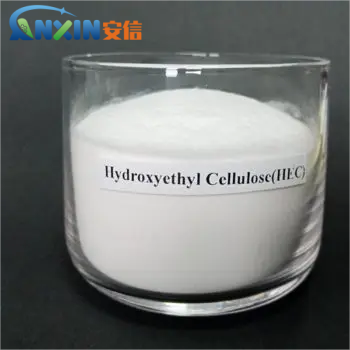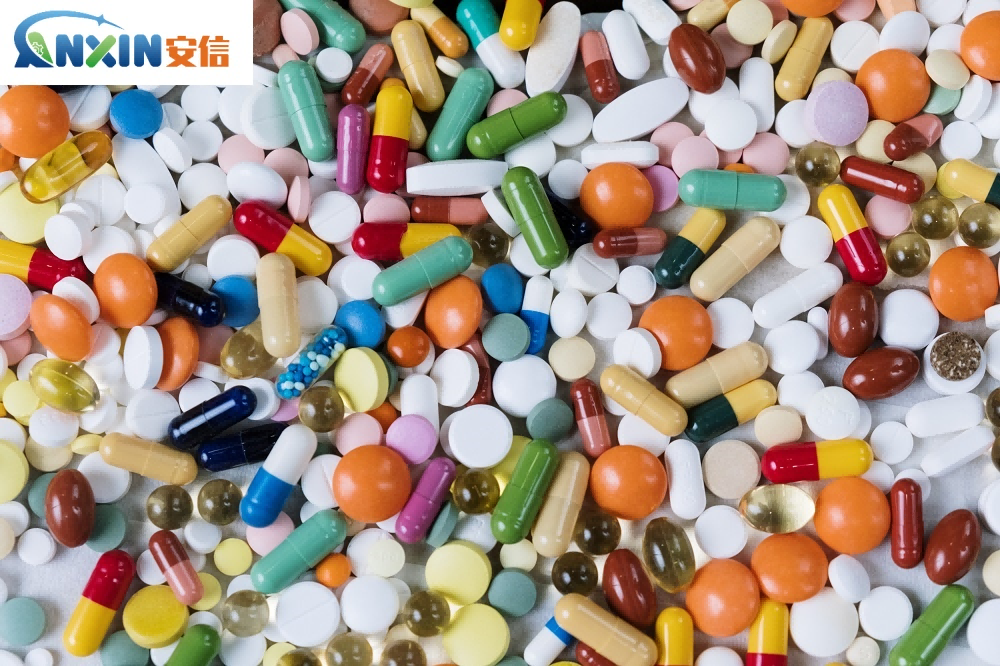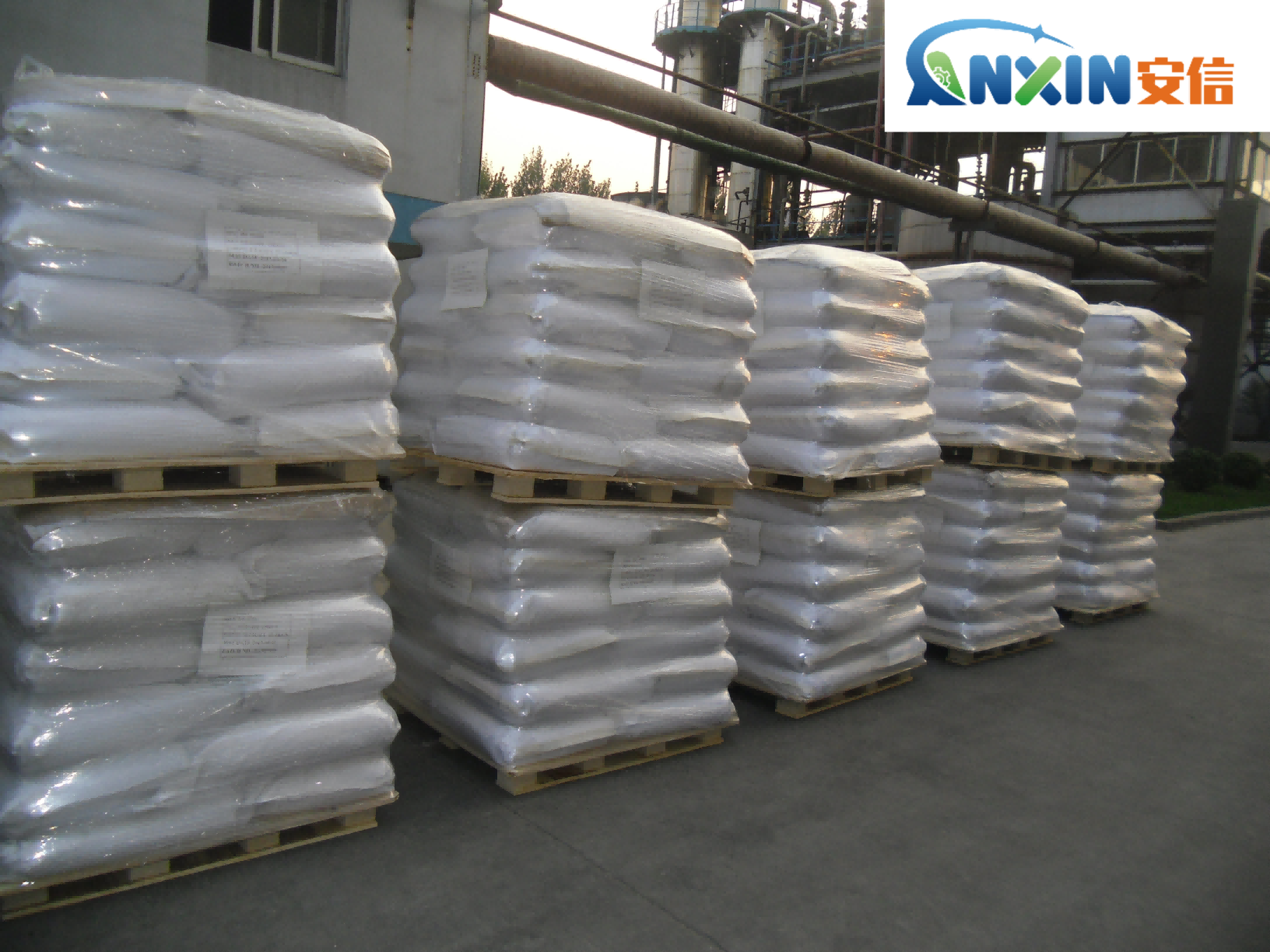HEC (Hydroxyethyl Cellulose) is a common water-soluble polymer widely used in pharmaceutical preparations. It is a derivative of cellulose, obtained by reacting ethanolamine (ethylene oxide) with cellulose. Due to its good solubility, stability, viscosity adjustment ability and biocompatibility, HEC has a wide range of applications in the pharmaceutical field, especially in the formulation development, dosage form design and drug release control of drugs.
1. Basic properties of HEC
HEC, as a modified cellulose, has the following basic properties:
Water solubility: AnxinCel®HEC can form a viscous solution in water, and its solubility is related to temperature and pH. This property makes it used in a variety of dosage forms such as oral and topical.
Biocompatibility: HEC is non-toxic and non-irritating in the human body and is compatible with many drugs. Therefore, it is widely used in sustained-release dosage forms and local administration dosage forms of drugs.
Adjustable viscosity: The viscosity of HEC can be adjusted by changing its molecular weight or concentration, which is crucial for controlling the release rate of drugs or improving the stability of drugs.
2. Application of HEC in pharmaceutical preparations
As an important excipient in pharmaceutical preparations, HEC has multiple functions. The following are its main application areas in pharmaceutical preparations.
2.1 Application in oral preparations
In oral dosage forms, HEC is often used in the production of tablets, capsules and liquid preparations. Its main functions include:
Binder: In tablets and granules, HEC can be used as a binder to better bind drug particles or powders together to ensure the hardness and stability of tablets.
Sustained release control: HEC can achieve a sustained release effect by controlling the release rate of the drug. When HEC is used together with other ingredients (such as polyvinyl pyrrolidone, carboxymethyl cellulose, etc.), it can effectively prolong the release time of the drug in the body, reduce the frequency of medication, and improve patient compliance.
Thickener: In liquid oral preparations, AnxinCel®HEC as a thickener can improve the taste of the drug and the stability of the dosage form.
2.2 Application in topical preparations
HEC is widely used in topical ointments, creams, gels, lotions and other preparations, playing multiple roles:
Gel matrix: HEC is often used as a matrix for gels, especially in transdermal drug delivery systems. It can provide appropriate consistency and increase the residence time of the drug on the skin, thereby improving the efficacy.
Viscosity and stability: The viscosity of HEC can enhance the adhesion of topical preparations on the skin and prevent the drug from falling off prematurely due to external factors such as friction or washing. In addition, HEC can improve the stability of creams and ointments and prevent stratification or crystallization.
Lubricant and moisturizer: HEC has good moisturizing properties and can help keep the skin moist and prevent dryness, so it is also used in moisturizers and other skin care products.
2.3 Application in ophthalmic preparations
The application of HEC in ophthalmic preparations is mainly reflected in its role as an adhesive and lubricant:
Ophthalmic gels and eye drops: HEC can be used as an adhesive for ophthalmic preparations to prolong the contact time between the drug and the eye and ensure the continued efficacy of the drug. At the same time, its viscosity can also prevent the eye drops from losing too quickly and increase the retention time of the drug.
Lubrication: HEC has good hydration and can provide continuous lubrication in the treatment of ophthalmic diseases such as dry eye, reducing eye discomfort.
2.4 Application in injection preparations
HEC can also be used in the preparation of injection dosage forms, especially in long-acting injections and sustained-release preparations. The main functions of HEC in these preparations include:
Thickener and stabilizer: In injection, HEC can increase the viscosity of the solution, slow down the injection speed of the drug, and enhance the stability of the drug.
Controlling drug release: As one of the components of the drug sustained-release system, HEC can control the release rate of the drug by forming a gel layer after injection, so as to achieve the purpose of long-term treatment.
3. The role of HEC in drug delivery systems
With the development of pharmaceutical technology, HEC has been widely used in various drug delivery systems, especially in the fields of nano-drug carriers, microspheres, and drug sustained-release carriers. HEC can be combined with a variety of drug carrier materials to form a stable complex to ensure the sustained release and efficient delivery of drugs.
Nano drug carrier: HEC can be used as a stabilizer for nano drug carriers to prevent aggregation or precipitation of carrier particles and increase the bioavailability of drugs.
Microspheres and particles: HEC can be used to prepare microspheres and microparticle drug carriers to ensure the slow release of drugs in the body and improve the efficacy of drugs.
As a multifunctional and efficient pharmaceutical excipient, AnxinCel®HEC has broad application prospects in pharmaceutical preparations. With the continuous development of pharmaceutical technology, HEC plays an increasingly important role in drug release control, local administration, sustained-release preparations and new drug delivery systems. Its good biocompatibility, adjustable viscosity and stability make it irreplaceable in the field of medicine. In the future, with the in-depth study of HEC, its application in pharmaceutical preparations will be more extensive and diversified.
Post time: Dec-28-2024


